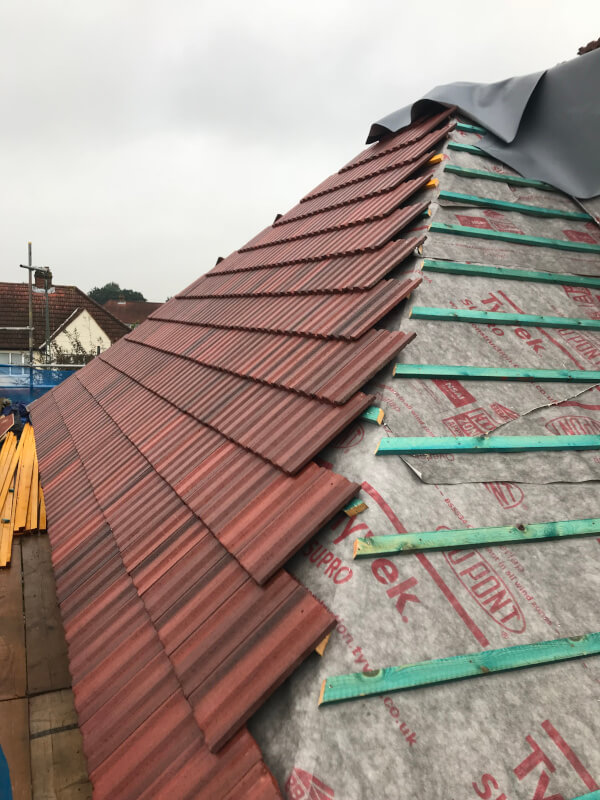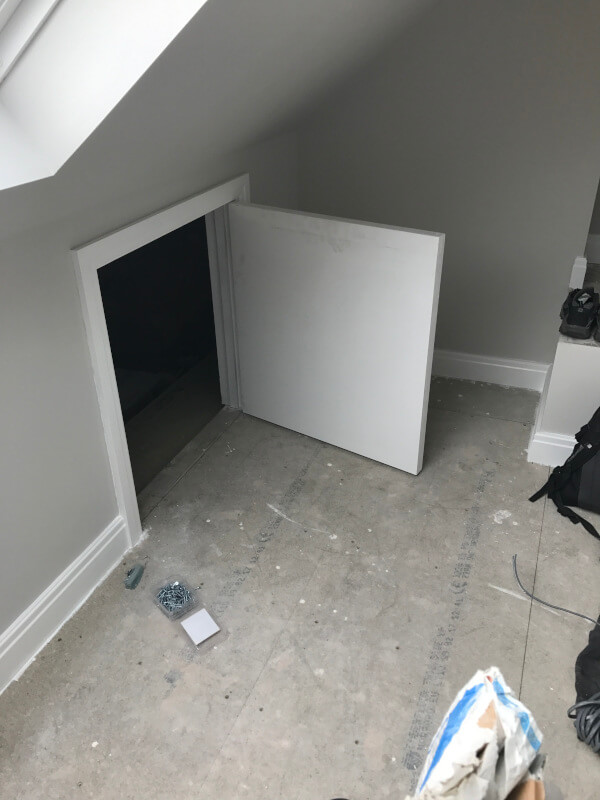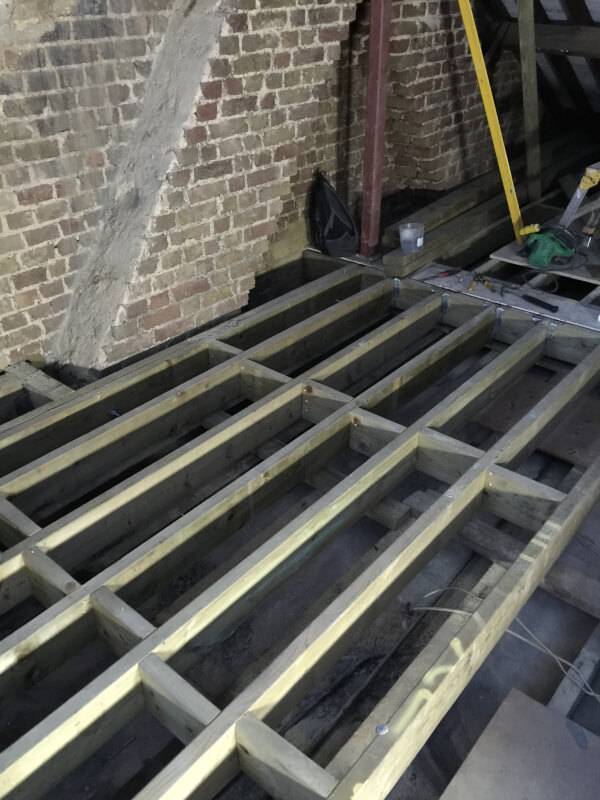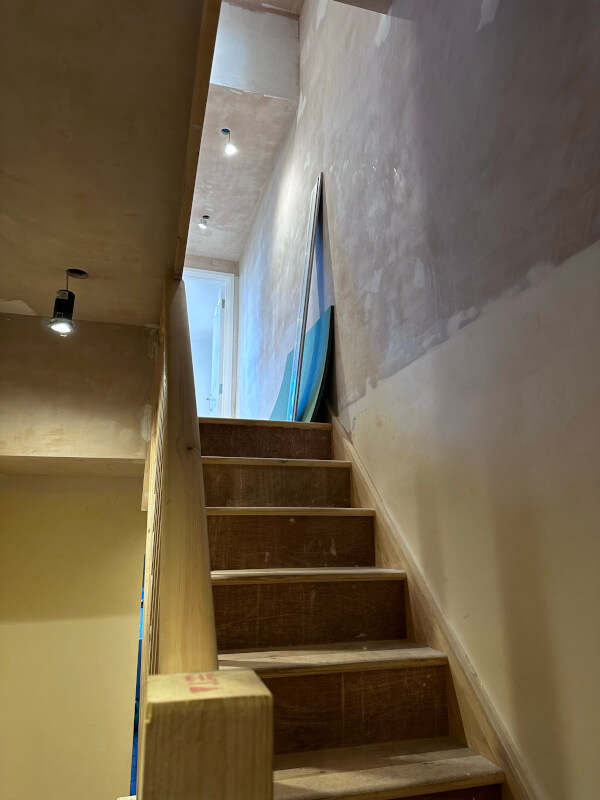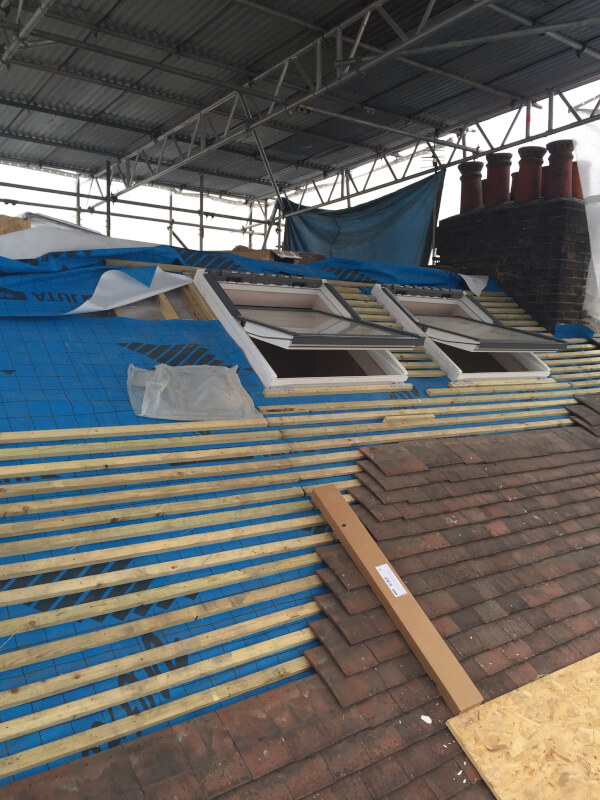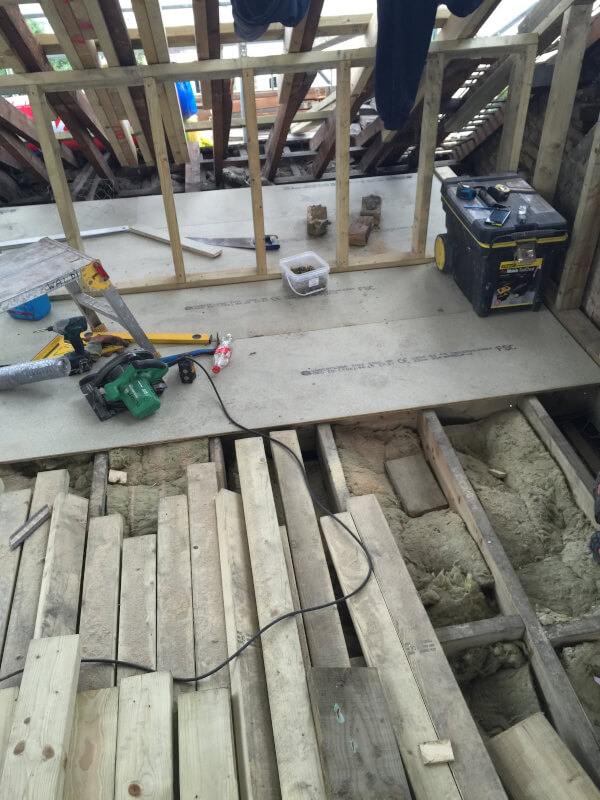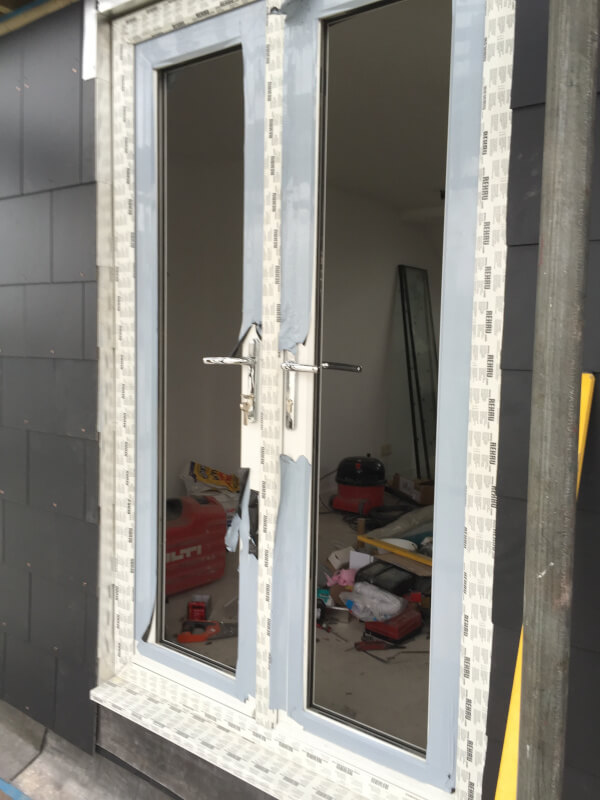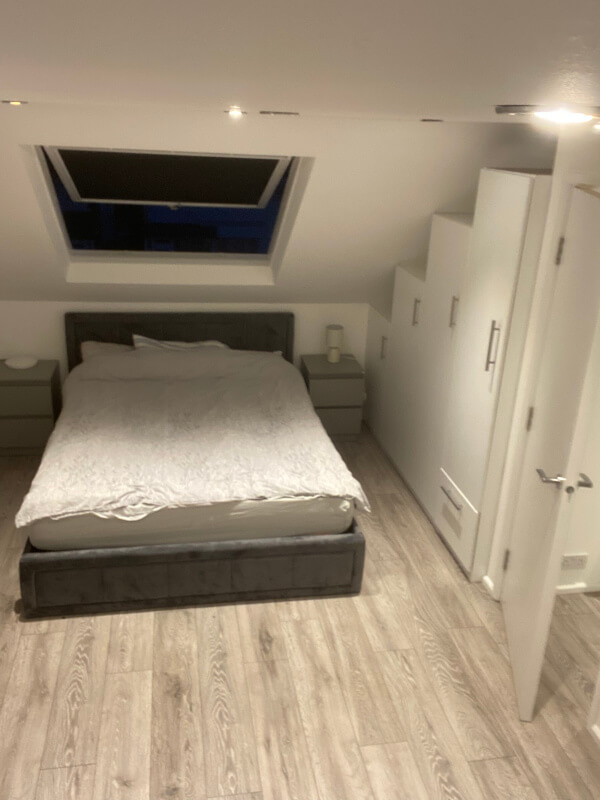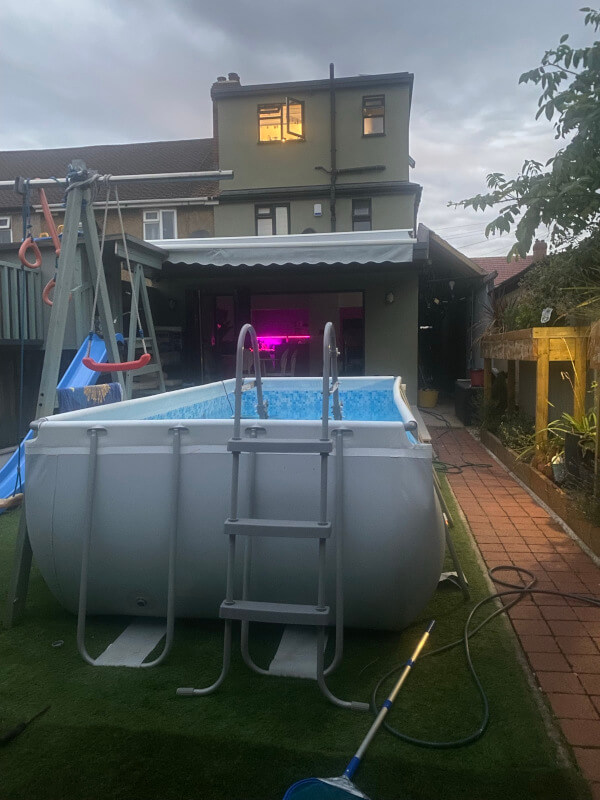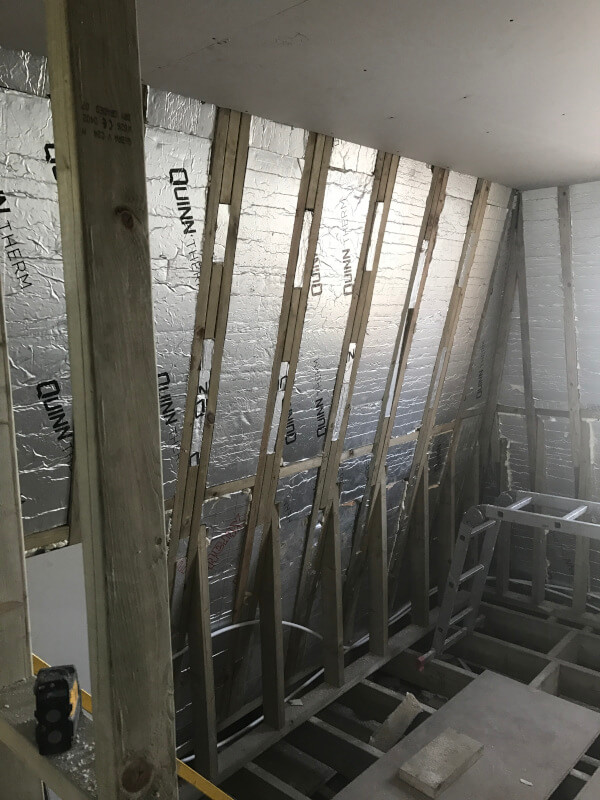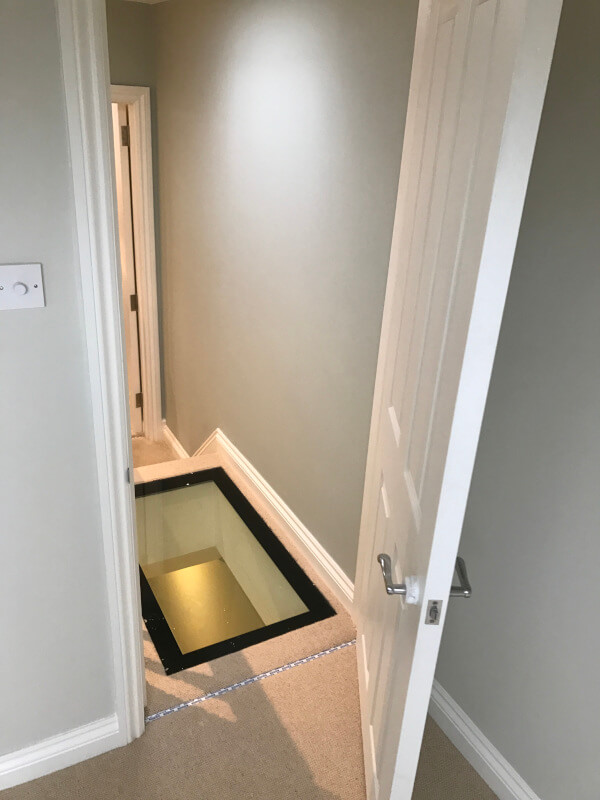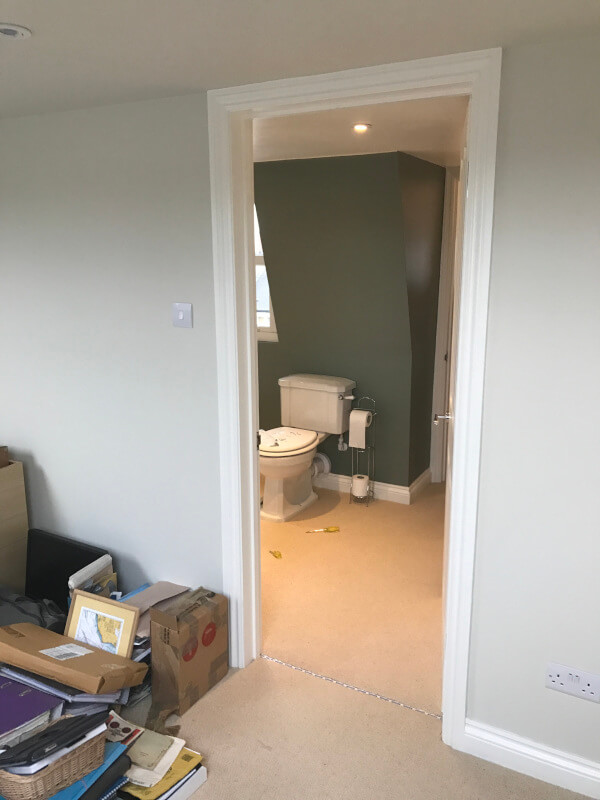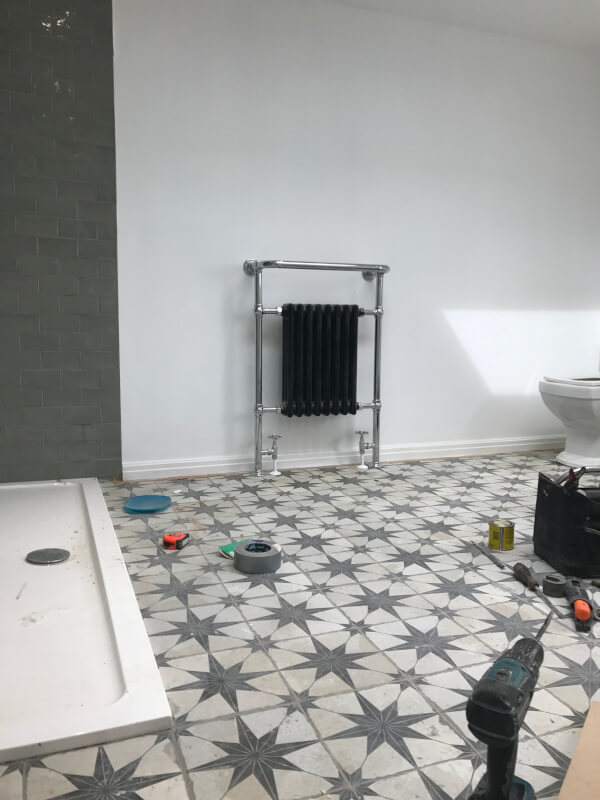Loft Conversion



Legal side of Loft conversion (planning permission)
- Within the terrace, any new construction/roofing cannot take up more area than 40 m2.
- Within detached properties, any new construction/roofing cannot take up more than 50 m2 of area.
- No additions may be constructed higher than the current roof slope’s plane.
- No extension is permitted to be higher than the roof’s highest point.
- Replacement roofing components must be comparable to or identical to the original fixtures.
- No elevated platforms or balconies should be elevated.
Advantages of getting Loft conversion for your house/office.
Talking about Loft conversion, it is essential to underline its main advantage – extra room and space creation. With one decision and minimum changes, you can use the area of your home you could not have thought you can. Moreover, Loft conversion is indeed a more affordable type of construction, as well as can it increase the overall value of your house. With Loft conversion, you can set your imagination free to create the most suitable for you place, with implementation of all your decor ideas.
What is Loft conversion?
Loft conversion involves transformation of an empty not occupied space of your property, such as an unused attic or loft, into a new bedroom, gym, any kind of additional room. This resolves a problem of limited housing space, as well as increases the general value of your house. Loft conversion is considered an attractive choice among homeowners as it does not involve extensive reconstructions and additional constructions.
What are the types of Loft conversion?
There are five main types of loft conversion:
- Roof light/Velux conversions – this Loft conversion involves installation of windows into current roof slope without changing the roof’s structural integrity.
- Dormer conversions – the current roof is extended with the vertically installed box-shaped extensions (walls). It creates extra room, which permits larger windows, creating a perfect sun-bathed space.
- Hip-to-gable conversions – this type of Loft conversion requires integration of vertical wall in the place of the hip, or slopped roof sides. It widens the overall territory and adds size to the flooring area.
- Mansard conversions – every aspect of the roof is changed by implementation of sharply sloped sidewalls. It creates the most of the free space among all types of conversion.
- L-shaped conversions – these Loft conversions are created by a junction of two dormer builds. It is perfect for establishing open-plan environments.




